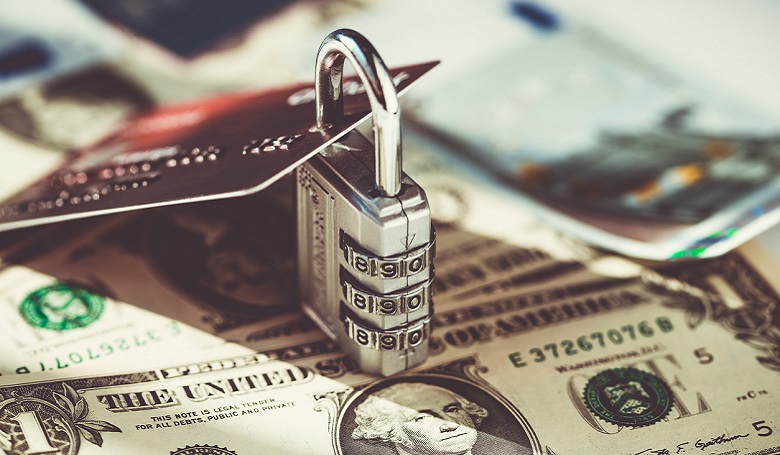
So Long, Free Credit Monitoring
Were you one of the nearly 148 million consumers affected by the 2017 Equifax data breach? You may have taken advantage of Equifax’s free one-year offer of their TrustedID Premier service, extended to all affected consumers.
TrustedID Premier allowed consumers to lock their Equifax credit report, provided identity theft insurance, provided copies of their Equifax report and monitoring services for all three credit reporting agencies (including Experian and TransUnion), and checked the Internet for misuse of their Social Security numbers.
We use the past tense because the free service expired at the end of January. Any lock that Equifax applied as part of the service is now removed.
Unfortunately, while the service has expired, the threat has not. Identity thieves can strike years after the original breach. What’s your plan to fend off identity thieves now that your free TrustedID Premier is gone?
Monitor Your Accounts
Identity thieves have two general methods of attack – they can abuse your existing accounts or set up fake new accounts in your name. You need protection against both paths.
Unless you close existing accounts and create new ones, you can’t be fully proactive against identity theft. Anyone who has enough of your information can assume your identity and use your existing accounts. That’s where credit monitoring applies.
Theoretically, you can monitor your own credit – if you have time. Even then, an identity thief can rack up multiple large charges before you notice. Credit monitoring services can provide timely alerts to help you minimize the damage. If you would like to monitor your credit to prevent identity theft and see your credit reports and scores, join MoneyTips.
Many credit cards come with monitoring services that send alerts when they detect unusual purchase patterns. Some cards also come with ON/OFF “switches” that allow you to deactivate and reactivate the card through your computer or mobile device.
Assess the protections your card already provides and consider a third-party credit monitoring service like MoneyTips to provide complementary services. Just make sure the two don’t conflict.
Lock or Freeze?
Credit card ON/OFF switches are sometimes called locks, but that’s different from the Equifax credit lock (or credit locks in general). Credit locks don’t refer to access to your card, they refer to access to your credit report.
For full protection against fraudulent new accounts, you should apply either a credit lock or credit freeze with all three of the main credit reporting agencies. Both deny access to your report, making it very difficult for creditors to approve credit because they can’t assess risk. Depending on the credit reporting agency and level of service, you may be able to lock and unlock access to your credit report in the same way you can turn card access on and off – through computers and mobile devices.
There may be charges associated with locking programs, depending on the credit reporting agency and the level of extra service provided. Note that Equifax offers a free lock and alert service – but that’s not the TrustedID Premier service that just expired. If you want to maintain a free lock at Equifax, you’ll have to enroll with the new service.
Credit locks are agreements with the credit reporting agencies, governed by the terms and conditions of your agreement. Credit freezes also bar access to your credit report, and they are now free as mandated by federal law. (Credit reporting agencies are required by federal law to offer credit freezes, and can’t change the terms).
As with a lock, freeze your credit with all three credit reporting agencies. Unfreeze your report when you want to apply for credit and freeze it again when you’re done.
Which is best, credit freeze or lock? You’ll have to decide depending on your preferred services, the convenience of each method, and any associated costs or extra services associated with locking programs. Check each credit reporting agency’s website for details on how to apply and remove a credit freeze, along with details on the competing locking programs that they offer.
The Takeaway
If your personal data has been compromised by a data breach, a year of protection won’t cut it. You need a comprehensive long-term strategy.
Credit freezes and credit locks are powerful tools to prevent fraudulent new accounts, along with regular checks of your credit report to verify results. Apply whichever tool you prefer, but you must choose one to be suitably protected.
Existing accounts should be monitored regularly on multiple levels. Check them yourself and use any fraud alerts or monitoring services that your credit card issuer or bank offers. A third-party credit monitoring service can serve as a further security blanket.
All of the above advice is valid whether you’ve been a victim of a data breach or not. You may have fallen victim to a data breach that hasn’t been disclosed yet.
Identity thieves are relentless. You must be just as relentless to foil their plans.
